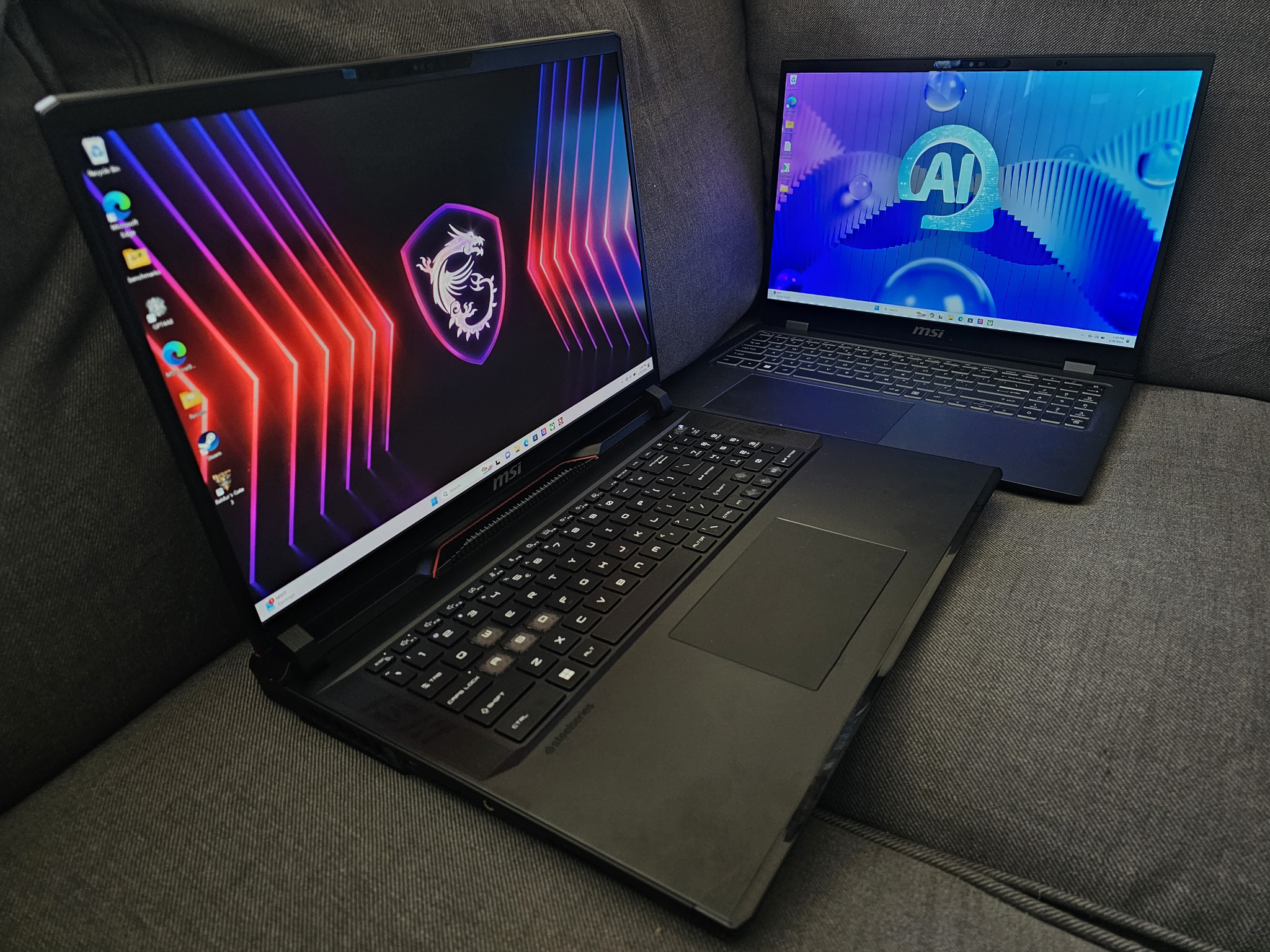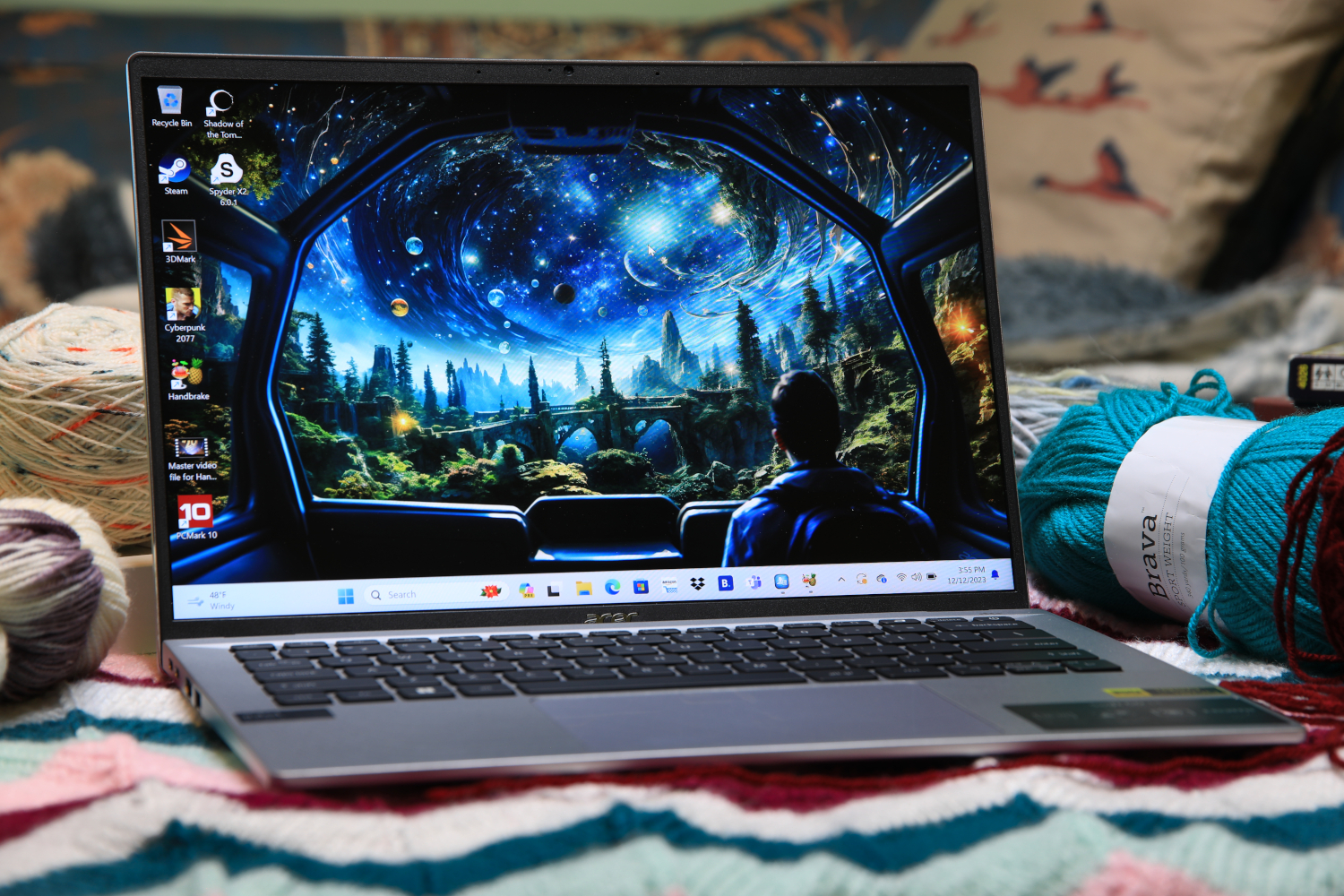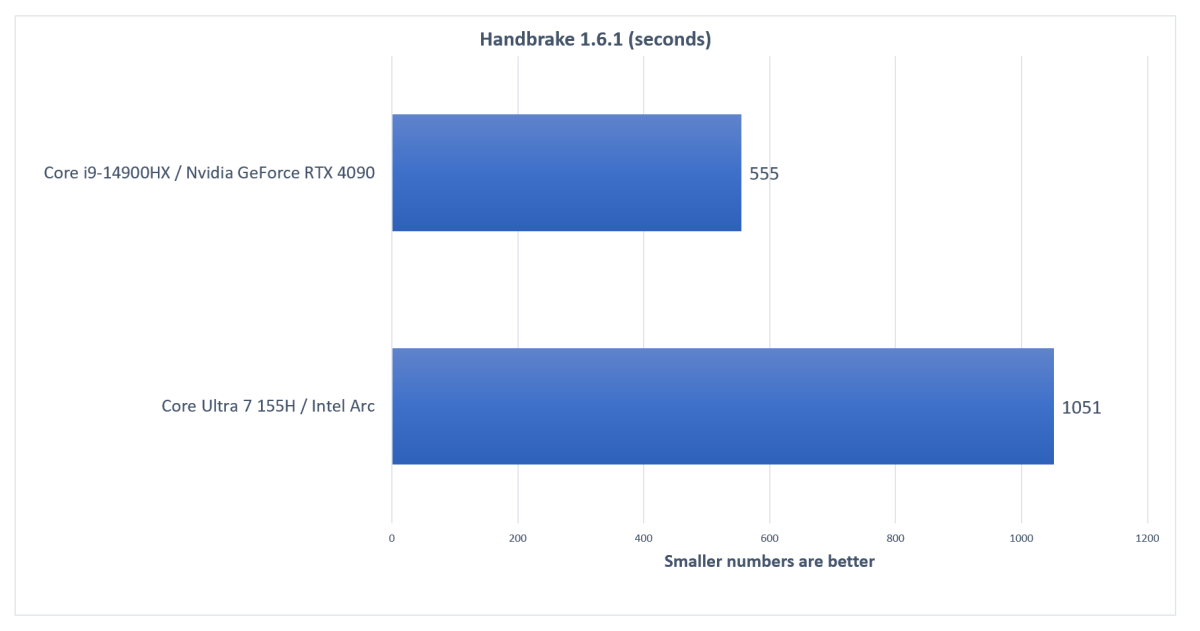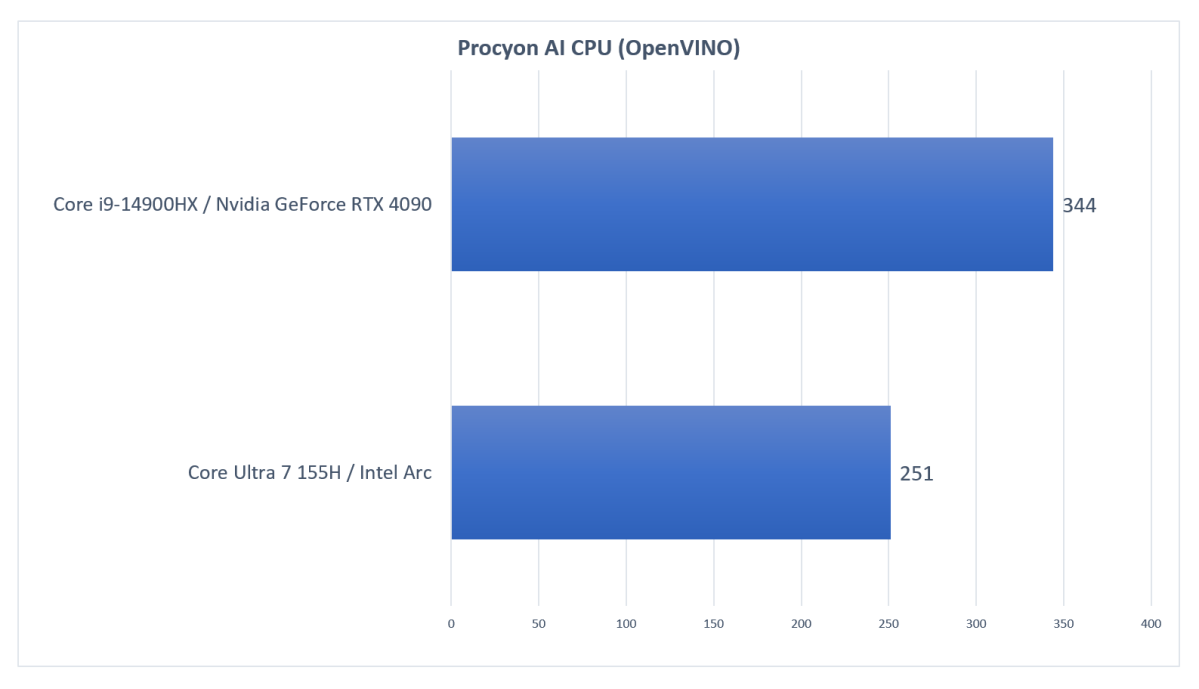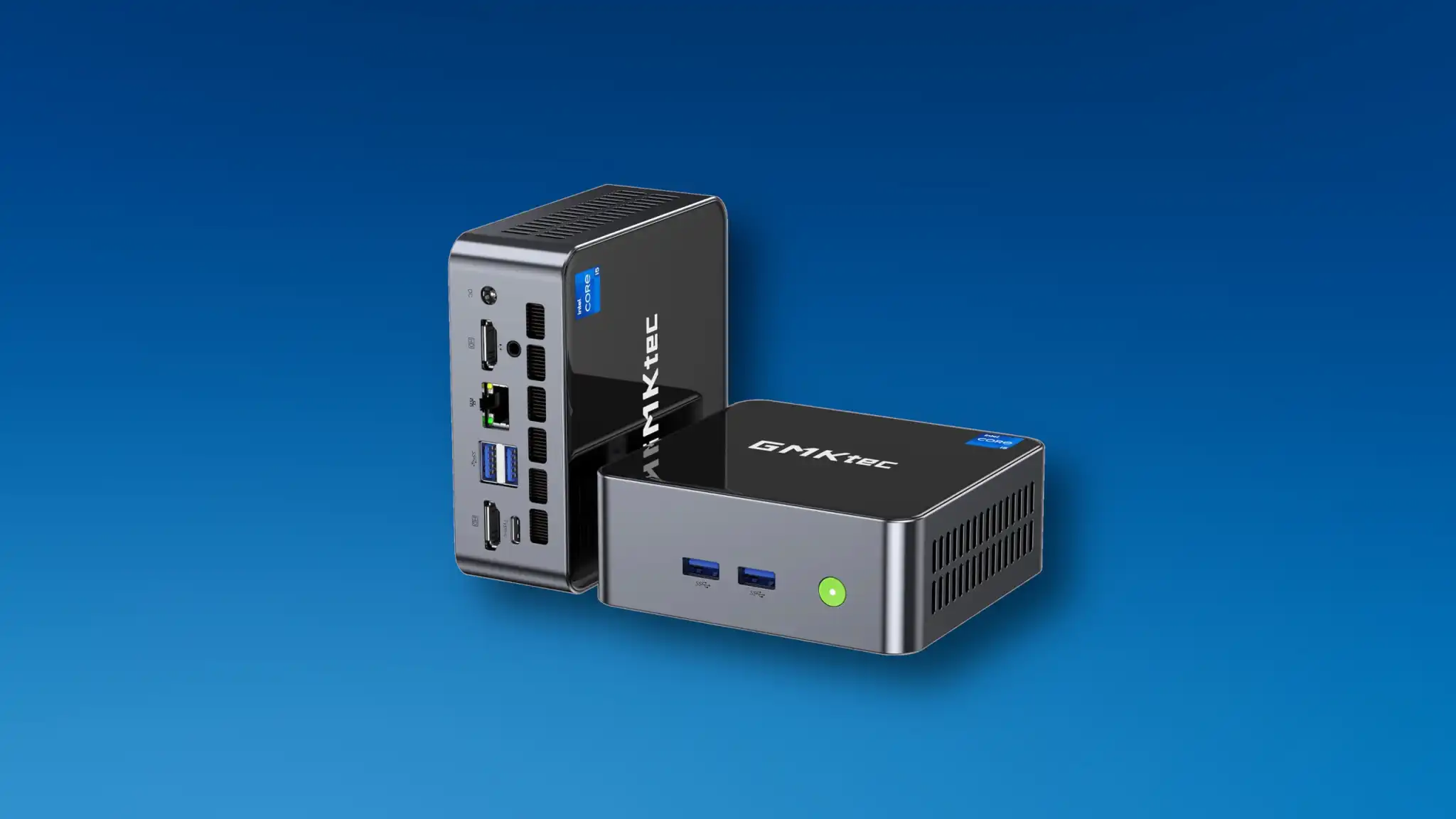We describe and test the differences between Intel’s 14th-gen Core mobile chips: Core Ultra (Meteor Lake) and Core HX (Raptor Lake Refresh).
For the first time in many years, you have a choice when buying a new Intel-based laptop: Intel’s 14th-gen Core Ultra (Meteor Lake) or its latest 14th-gen Core HX chip. Which should you buy, and why? We’ll talk about the differences between the two platforms, with some testing to help illustrate the distinctions.
We’ve already done a deeper dive on Intel’s 14th-gen Core HX, the “Raptor Lake Refresh” platform that doesn’t offer that many differences from the 13th-gen “Raptor Lake” notebook platform that debuted a year ago. As the codenames suggest, the two platforms are quite similar. But Intel’s Meteor Lake is significantly different, both in design as well as purpose.
Intel is using “Core Ultra” as well as “Core” as the brands of both the 14th-generation Meteor Lake and Raptor Lake Refresh, and that’s what you’ll see on the box. As Intel moves into subsequent generations, such as Arrow Lake and Lunar Lake, executives have said the company will maintain those brands — and without the generational distinctions of years past. We find that confusing. For clarity’s sake, you’ll see us refer to both the architecture as well as the brand where necessary.)
Put simply, Intel’s Core Ultra appears to be the brand Intel and its partners will use for AI PCs that emphasize long battery life. The Core HX is aimed at performance and gaming. But you will likely see some overlap, such as in the recently announced Asus notebooks which split the difference between creativity and productivity.
Core Ultra vs. Core HX: Two different chips
If you’d like you can dig into our deep dives into the Meteor Lake architecture as well as the 14th-gen Core HX. What you need to know, however, is that the two chips are entirely different.

